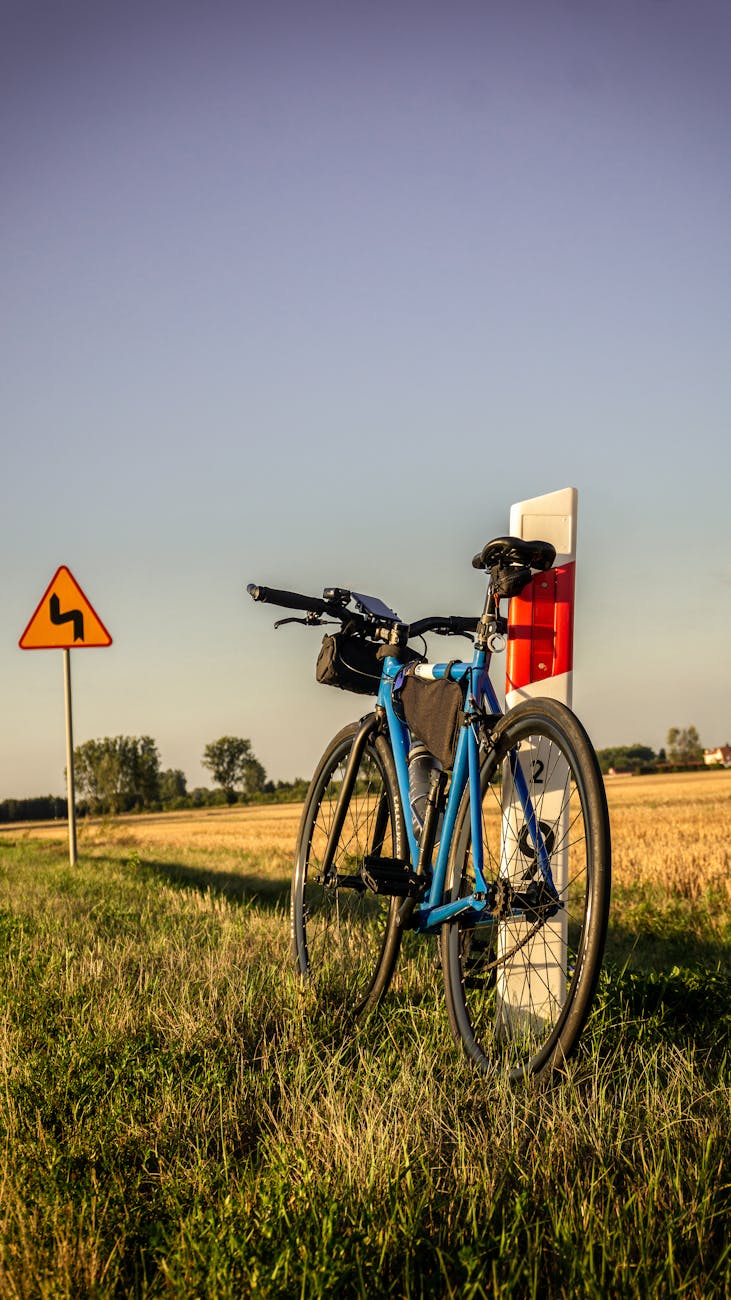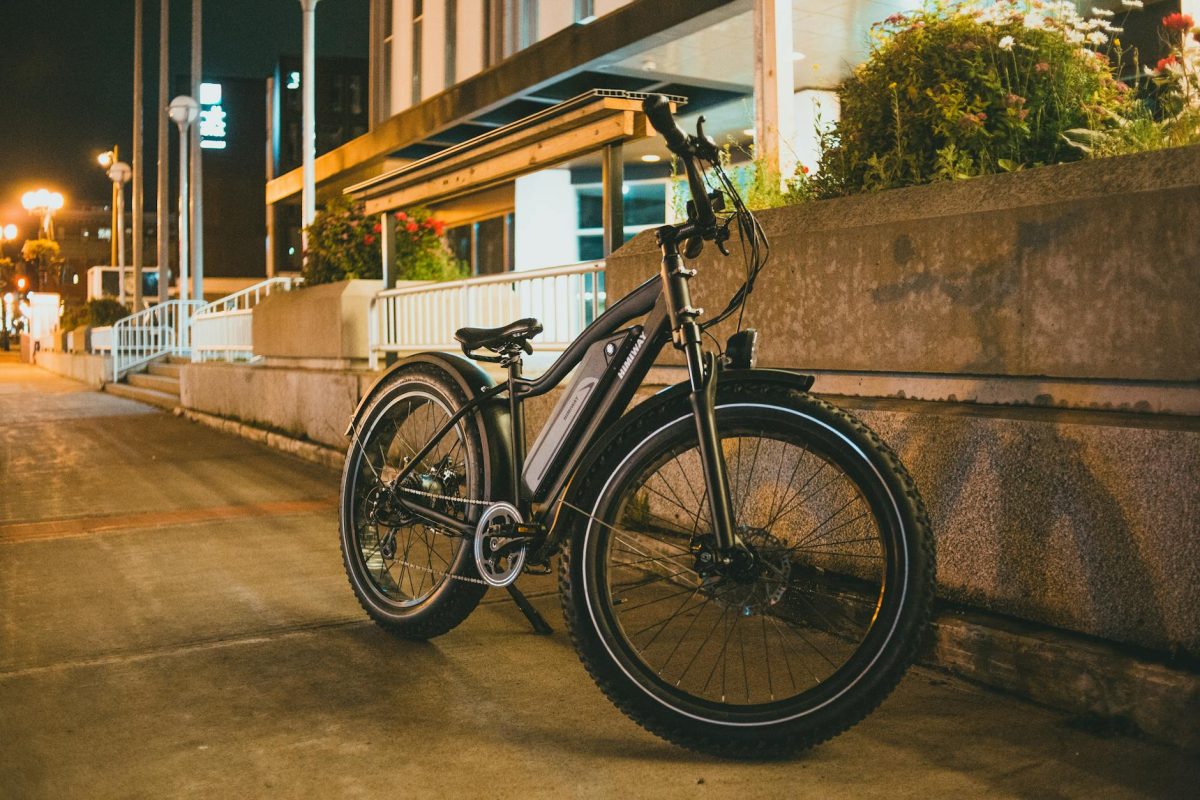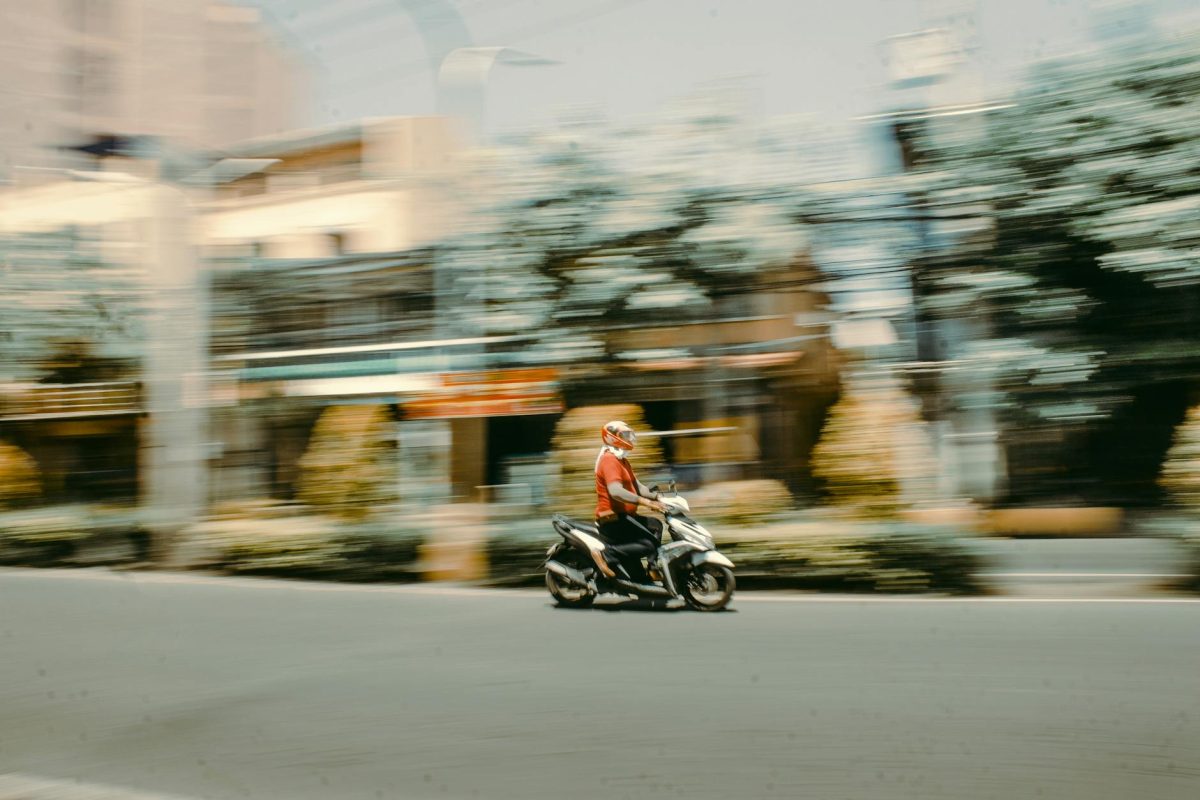Unleashing the Adventure: Touring Bike – Best Tips for Effortless Long-Distance Travel
Embarking on a long-distance journey on a touring bike is more than just a physical feat; it’s a transcendent experience that can enrich your mind, body, and spirit. To ensure your travel is smooth, enjoyable, and, most importantly, effortless, implementing the best tips for touring bike adventures is paramount. Whether you are a seasoned cyclist or a beginner looking to explore the world on two wheels, these expert tips will guide you towards a seamless long-distance travel experience.
Choosing the Right Touring Bike
Selecting the appropriate touring bike is the foundation of your long-distance travel success. Consider factors such as bike fit, frame material, gear range, and tire width. Opt for a comfortable bike with a sturdy frame that can accommodate racks for carrying gear. Invest in a quality touring bike that suits your riding style and the terrain you plan to traverse.
Gear Up for Comfort and Safety
Prioritize comfort and safety by equipping yourself with the right gear. Invest in padded cycling shorts, moisture-wicking apparel, a well-fitted helmet, and cycling gloves. Carry essential tools, spare tubes, a pump, and a multitool for on-the-go repairs. Additionally, ensure your touring bike is equipped with lights, reflectors, and a bell for visibility and communication on the road.
Pack Light, Pack Right
Effortless long-distance travel on a touring bike hinges on packing smartly and efficiently. Minimize your load by carrying only essential items such as clothing layers, toiletries, camping gear, and repair kits. Opt for lightweight, compact gear that serves multiple purposes. Organize your belongings in panniers or bikepacking bags to distribute weight evenly and maintain stability while riding.
Plan Your Route Wisely
Before setting off on your touring bike expedition, meticulously plan your route to optimize your travel experience. Research road conditions, elevation profiles, rest stops, accommodations, and points of interest along the way. Consider factors like weather patterns, traffic volume, and availability of services to ensure a seamless journey. Embrace spontaneity but have a rough outline of your daily mileage and potential stopping points.
Fuel Your Body
Long-distance cycling requires sustained energy and proper nutrition. Stay hydrated by carrying an adequate supply of water or utilizing hydration systems on your touring bike. Pack high-energy snacks like nuts, dried fruits, energy bars, and electrolyte drinks to fuel your rides. Incorporate balanced meals rich in carbohydrates, proteins, and healthy fats to support your endurance and recovery during long days in the saddle.
Listen to Your Body
While striving for effortless long-distance travel on your touring bike, it’s essential to listen to your body’s cues. Pay attention to signs of fatigue, discomfort, or injury, and take breaks as needed. Incorporate stretching, foam rolling, and recovery practices into your daily routine to prevent burnout and enhance your overall well-being. Prioritize rest and quality sleep to ensure you are rejuvenated for the next leg of your journey.
Conclusion
Embarking on a touring bike adventure offers a unique opportunity to explore the world at a leisurely pace, immerse yourself in diverse landscapes, and connect with fellow cyclists and locals along the way. By implementing these best tips for effortless long-distance travel, you can enhance your touring bike experience and create unforgettable memories that will last a lifetime. Prepare, pedal, and embrace the open road with confidence as you unleash the adventurer within.





